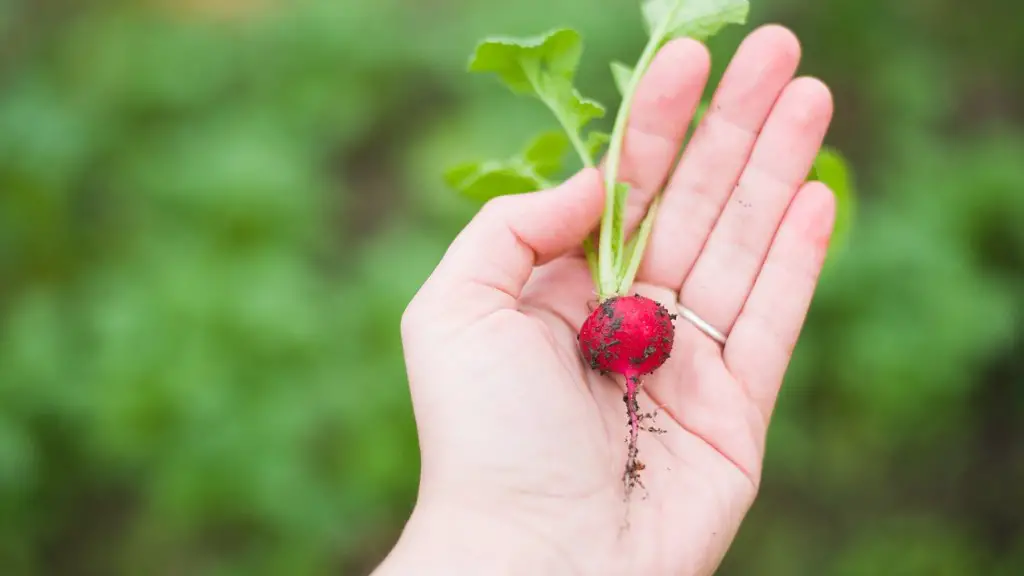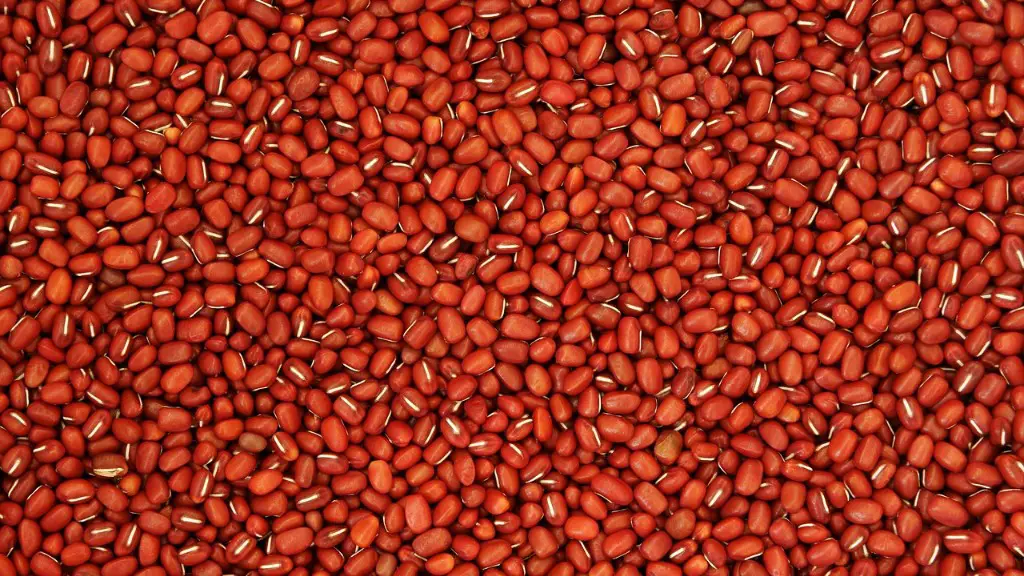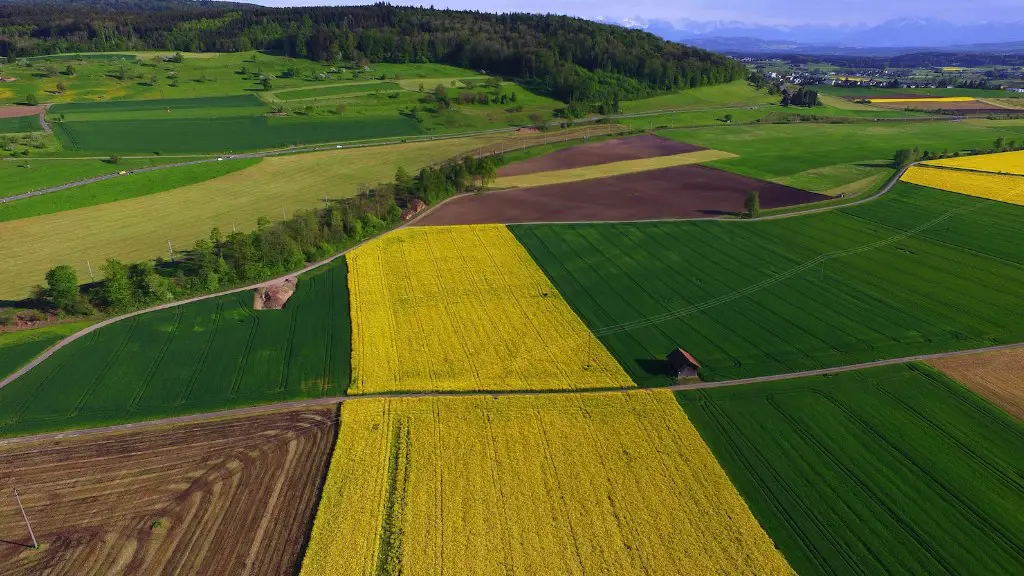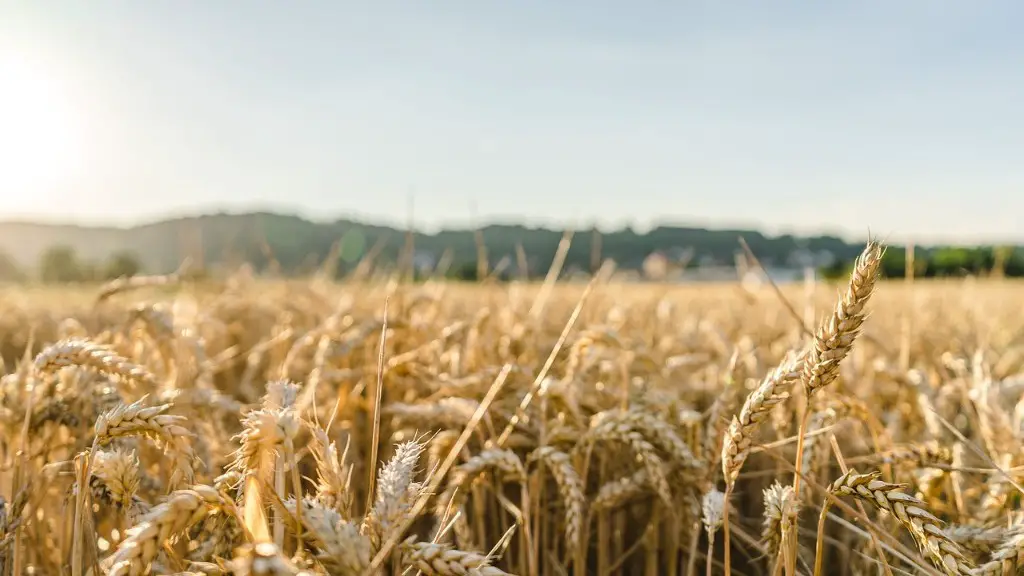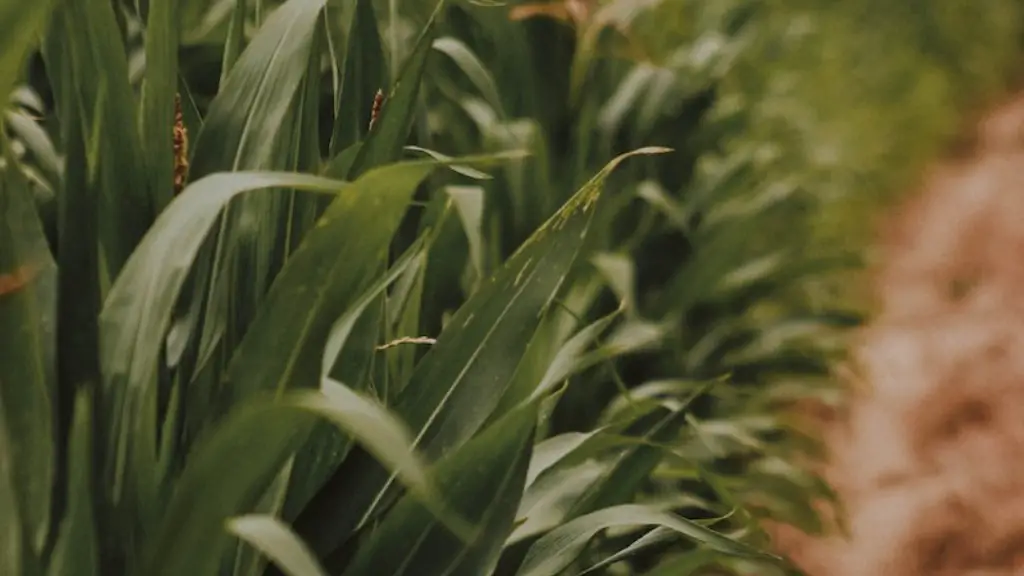Biotechnology is the use of living organisms and their products to modify crops and livestock to make them more efficient and productive. Agriculture is one of the main industries that have been impacted by biotechnology. Agricultural biotechnology includes techniques such as genetic engineering, tissue culture, and fermentation. These techniques are used to create more resilient and higher-yielding crops and livestock. They can also be used to create products with specific traits, such as resistance to pests or tolerance to harsh environments.
Biotechnology is used extensively in agriculture. One common example is the use of genetic engineering to modify crops to make them resistant to herbicides or pests. Other examples include the use of biotechnology to produce more nutritious food, or to create plants that can grow in difficult environments.
What are three examples of how biotechnology might be used in agriculture?
Biotechnology has had a big impact on agriculture, with farmers now able to grow crops that are more resistant to pests and diseases, as well as those that can be grown in harsher climates. GM crops are also helping to improve yields, meaning that more food can be produced from the same amount of land.
Other applications of biotechnology in agriculture include the development of biofuels, the improvement of plant growth and the improvement of plant seed quality. In addition, biotechnology is also being used to improve animal health and breeding.
GMO soybeans are an example of a food that is healthier than its non-GMO counterpart. GMO soybeans have healthier oils that can be used to replace oils that contain trans fats. Additionally, GMO plants fed to farm animals are as safe as non-GMO animal food.
What are 5 examples of technologies used in agriculture
The application of new technologies in agriculture has led to increased efficiency and productivity in the sector. GPS and GIS software have revolutionized the way farmers cultivate their land, by providing them with real-time data and information on crops, soil, and weather conditions. Satellite imagery has also become an invaluable tool for farmers, allowing them to monitor their crops and land from afar. In recent years, drones and other aerial vehicles have been used to gather data and information on crops, soil, and weather conditions, providing farmers with an up-to-date view of their land. Farming software and online data have also become essential tools for farmers, helping them to keep track of their crops, soil, and weather conditions. By merging different datasets, farmers are able to get a more complete picture of their land and crops, and make better decisions about how to cultivate their land.
Biotechnology has helped to increase crop productivity by introducing such qualities as disease resistance and increased drought tolerance to the crops. Now, researchers can select genes for disease resistance from other species and transfer them to important crops. This has resulted in increased crop productivity, as crops are now better able to withstand diseases and adverse weather conditions.
What is the role of biotechnology modern in agriculture?
The application of biotechnology to increase food production is a controversial topic. Some people argue that it is necessary in order to feed the increasing world population, while others contend that the potential risks of genetically modifying crops outweigh the benefits.
Biotechnology is a field of science that involves the use of living organisms to create or modify products for specific purposes. Key applications of biotechnology include DNA profiling, DNA cloning, transgenesis, genome analysis, stem cells and tissue engineering. These techniques are used in a variety of settings, including research, agriculture, medicine and industry.
What are the benefits of agricultural biotechnology?
Agricultural biotechnology can play a significant role in improving food security and reducing malnutrition, especially in developing countries. Agricultural biotechnology can help to boost food production, improve crop resilience, and reduce vulnerability to pests, viruses, and drought. In addition, agricultural biotechnology can help to improve the nutritional quality of food crops and develop new crops that are better suited to local conditions.
The reaper is a machine that changed how farmers produce food by cutting and harvesting small grains. The thresher is a machine that removes kernels from straw, and the steam engine is a machine that combines the two. The automobile is a machine that transports the grain from the field to the threshing floor, and the tractor is a machine that pulls the reaper and thresher. The hydraulics are a system of machines that use fluid power to transfer force.
What are the top 5 technology innovation in agriculture
Agriculture innovation is constantly evolving, with new technology being developed to help farmers improve yields, reduce inputs costs, and increase profits. Here are 10 agricultural tech trends to watch in the coming years:
1. Bee vectoring technologies – using bees to deliver crop protection agents directly to crops – show promise for reducing pesticide use and protecting pollinators.
2. Precision agriculture – using GPS and other technologies to map and manage crops – is becoming increasingly sophisticated, helping farmers increase yields and reduce inputs costs.
3. Indoor vertical farming – growing crops indoors in stacked layers – is becoming more efficient and economical, making it a viable option for large-scale food production.
4. Livestock farming technology – such as sensor-equipped collars that monitor cows’ health – is becoming more commonplace, helping farmers improve animal welfare and health.
5. Laser scarecrows – using lasers to deter pests from crops – are becoming more popular as an environmentally-friendly alternative to pesticides.
6. Farm automation – using robotics and other technologies to automate tasks on the farm – is becoming more affordable and widespread, helping farmers save time and labor costs.
7. Real-time kinematic (RTK) technology
Higher crop productivity can have a number of benefits, including decreased use of water, fertilizer, and pesticides, which in turn can keep food prices down. In addition, higher crop productivity can have a reduced impact on natural ecosystems, less runoff of chemicals into rivers and groundwater, and improved soil health.
What are 5 examples of crops that utilize plant biotechnology?
The primary biotech crops grown in the United States are corn, cotton, soybeans, canola, squash, papaya, alfalfa, and sugarbeet. These crops have been genetically modified to be resistant to herbicides and pests, and to produce higher yields. Biotech crops have been shown to be more profitable for farmers, and to have less of an impact on the environment than traditional crops.
Fields of biotechnology commercialization
Biotechnology is often used in four main fields: environment, medicine, industry and agriculture.
Environmental biotechnology aims to develop sustainable environmental practices that reduce pollution and waste.
Medicinal biotechnology is used to develop new drugs and treatments.
Industrial biotechnology is used to produce chemicals and other materials.
Agricultural biotechnology is used to develop new crops and improve crop yield.
What are 2 examples of using biotechnology
The development of insulin, the growth hormone, molecular identity and diagnostics, gene therapies and vaccines such as hepatitis B are some of the most important milestones of biotechnology. The development of these life-saving treatments would not have been possible without the advances made in genetic engineering. gene therapies and vaccines have helped to save the lives of millions of people worldwide.
Biotechnology is the use of living organisms to create products or perform tasks. It is a growing field with many applications in our everyday lives. Some examples of how biotechnology is used include:
Biofuel: Biomass can be converted into fuel, such as ethanol or biodiesel.
Vaccines: Various viruses and bacteria can be used to create vaccines.
Bioremediation: Organisms can be used to clean up contaminated sites.
Pest Resistant Crops: Genetically modified crops can be created that are resistant to pests.
Environmental Engineers: Use of biotechnology can help to find solutions to environmental problems.
Cheese Production: Cheese is made using enzymes from bacteria or fungi.
Alcoholic Drinks: yeast is used to ferment sugar and create alcohol.
Biodefense and Public Safety: Use of biotechnology can help to create products that protect against bioterrorism.
What technology has had the biggest impact on agriculture?
The automation of irrigation systems has had a significant impact on agriculture, improving the efficiency of water distribution and the quality and quantity of agricultural production. This technology has revolutionized how water is supplied to crops, making it easier and more efficient to water crops.
Drones are being increasingly used in the agricultural sector for a variety of purposes such as crop scouting, mapping and surveying, crop monitoring, precision agriculture, and livestock management. Drones offer a cost-effective and efficient way to collect data and perform various tasks related to agriculture. They are equipped with technology-based sensors that can be used for crop health assessment, weed and pest detection, and soil health analysis. In addition, drones can also be used for irrigation management and livestock grazing.
Conclusion
There are a number of ways that biotechnology can be used in agriculture. One way is to use it to develop new and improved crops. This can be done by developing new varieties of crops that are more resistant to pests and diseases, or that have higher yields. Additionally, biotechnology can be used to create new products from crops, such as enzymes or vaccines. Additionally, biotechnology can be used to help improve the efficiency of agricultural production, by developing new methods for processing and storing food.
The use of biotechnology in agriculture is a huge benefit to farmers and consumers alike. Through the use of biotechnology, farmers are able to grow more food with fewer inputs, which reduces costs and benefits consumers. Additionally, biotechnology can help farmers to produce food that is more nutritious and higher in quality.
